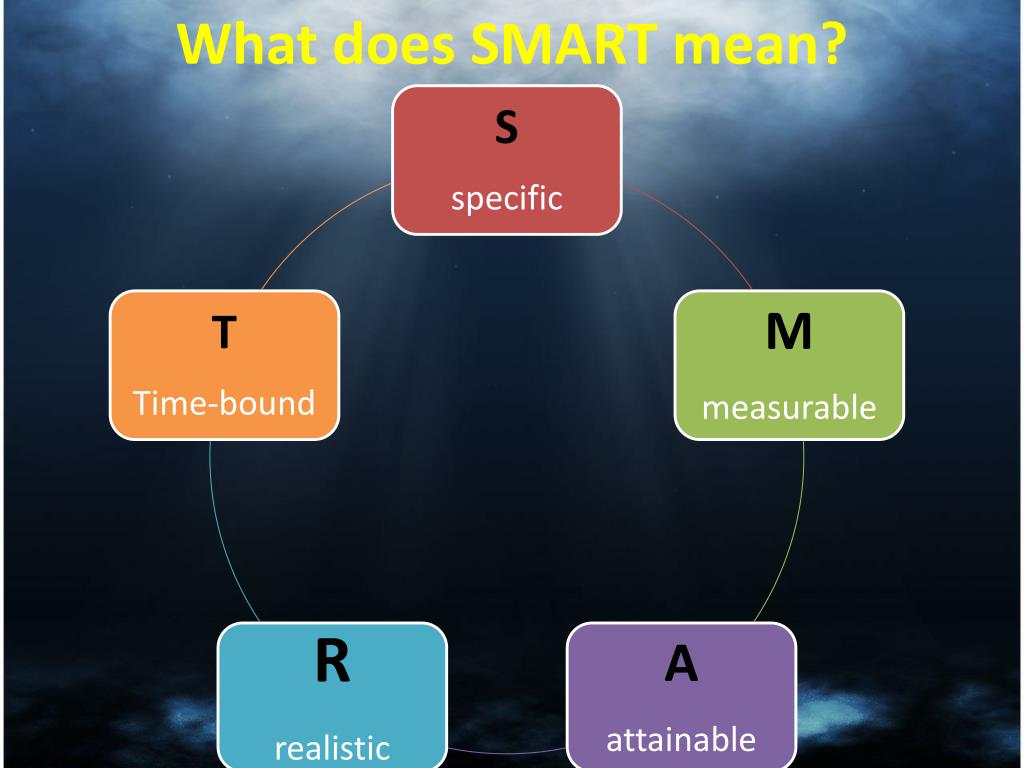
Graff explains “ I believe that street smarts beat out book smarts in our culture not because street smarts are nonintellectual, as we generally suppose, but because they satisfy an intellectual thirst more thoroughly than school culture, which seems pale and unreal” (202). He began to realize that his “street” conversations made him more intellectual, not less.
#Definition of smarts how to#
Through engaging with friends in conversation about “Who in school is the toughest” (201) and sports Graff began to “learn the rudiments of the intellectual life: how to make an argument, weigh different kinds of evidence, move between particulars and generalizations, summarize the views of others, and enter a conversation about ideas” (201). Graff’s point here is that he found it hard to find a balance between acting too smart, or playing too dumb. “I grew up torn, then, between the need to prove I was smart and the fear of a beating if I proved it too well between the need to not jeopardize my respectable future and the need to impress the hoods” (200). He wanted to fit in with the “hoods” and didn’t want to act like he was smarter around them. Graff explained that he had a hard time balancing his street and book smarts. He states that he “Hated books, and only cared for sports” (199). When he was younger he was very into sports and sports magazines. Graff uses his own experiences as a child to back up his reasoning. He believes that knowledge does not just come through the classroom, but through everyday experiences. He expresses that every “street smart” student has just as much potential as a “book smart” student.


He explains that esides the traditional academic intellectualism there can be some forms of hidden intellectualism that does not come from “book smarts,” or academics, but come from “street smarts” such as things learned from fashion, sports, or current culture. Gerald Graff, author of “Hidden Intellectualism” in the book They Say, I Say explains in his writings that intellect does not only exist in the educated form of thinking.


 0 kommentar(er)
0 kommentar(er)
